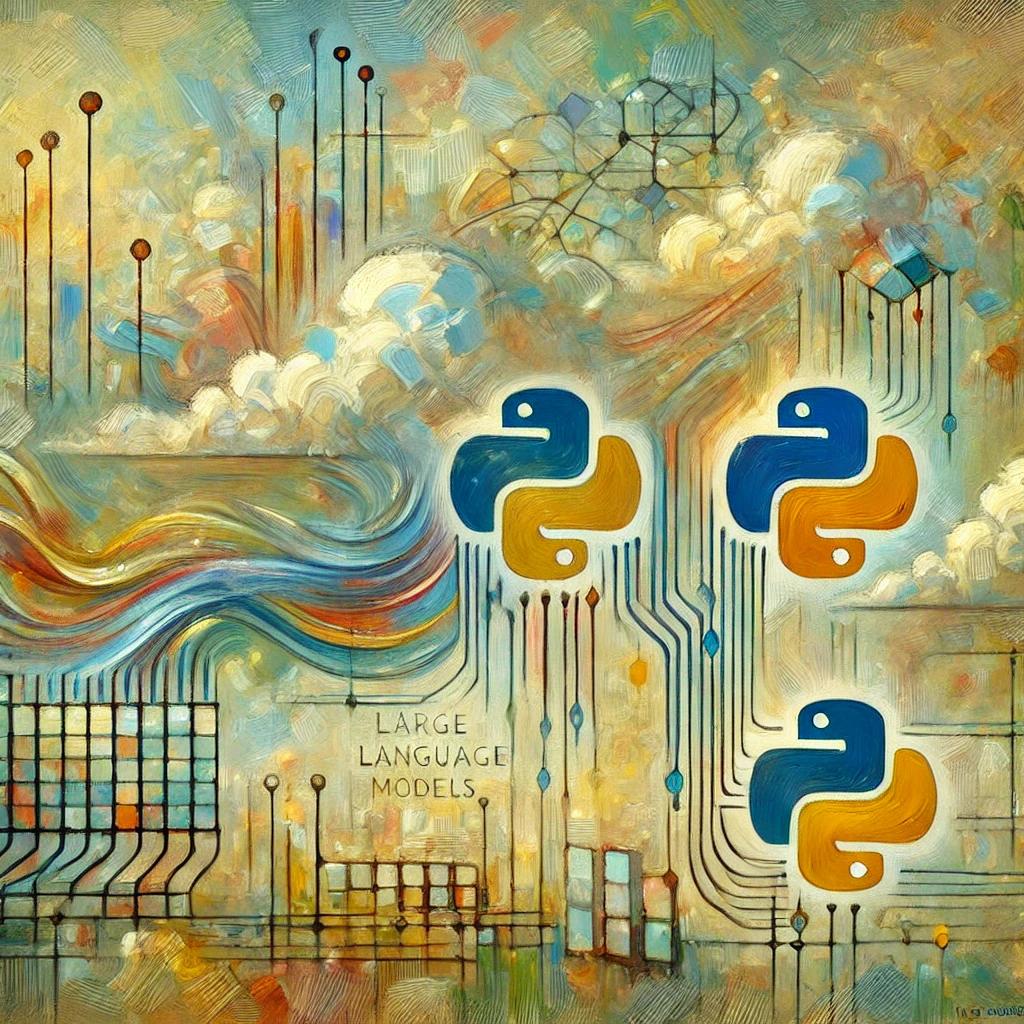Developing Your Own GPT Model with Python
| Preference | Dates | Timing | Location | Registration Fees |
|---|---|---|---|---|
| Weekdays program (in-person and live online) | February 17 - 21, 2025 | 9:00 AM - 4:00 PM (GMT+4) | Dubai Knowledge Park | 3675 USD |
Course Description
This course is designed to guide participants through the entire process of working with Large Language Models (LLMs) like GPT-2, LLaMA, and Falcon, from fine-tuning to deployment. By the end of this course, participants will have the skills to fine-tune open-source LLMs with their own data, deploy these models on a Google Cloud VM, and create a user interface using Django to interact with the models via prompts. This hands-on, project-based course will equip participants with the knowledge to build and deploy a fully functional GPT-like chatbot.
Upon successful completion of this program the participants will earn a certificate accredited by Dubai Government.

Course Outline
Audience
Prerequisites
Learning Objectives
Course Outline
Module 1 – Introduction to LLMs & Setup
- Overview of LLMs and today’s open-source landscape (Mistral, LLaMA, Falcon)
- Installing Python, PyTorch, Hugging Face libraries
- Running your first chatbot on an NVIDIA GPU
Module 2 – Prompt Engineering & Customization
- Understanding effective prompts for domain-specific assistants
- Prompt tuning vs. fine-tuning (when and why)
- Hands-on: Experimenting with different prompting strategies
Module 3 – Data Collection & Preprocessing
- Collecting and cleaning organizational data (PDF, CSV, TXT)
- Chunking text for use in LLM pipelines
- Basics of tokenization and embeddings
Module 4 – Working with Embeddings & Vector Databases
- Introduction to embeddings and vector search
- Storing data in FAISS (vector DB)
- Querying your private data with similarity search
Module 5 – Building a RAG (Retrieval-Augmented Generation) Pipeline
- Combining LLM + FAISS for contextual answers
- Passing retrieved context into prompts
- Testing your first RAG-powered chatbot
Module 6 – From Chatbot to AI Agent
- What makes an AI agent different from a chatbot
- Building tools and APIs for agents
- Using LangChain to enable real-world actions (e.g., schedule queries)
Module 7 – Deployment with Django
- Building a simple web interface for your chatbot/agent
- Connecting backend inference to the UI
- Running locally and testing with users
Module 8 – Scaling & Production Readiness
- Deploying with Docker & Kubernetes
- Monitoring and securing AI deployments
- Future directions: multimodal models (text, images, and audio)
Audience
Target Audience
- Software Developers: Build and deploy AI-powered chatbots and agents.
- Data Scientists: Fine-tune and integrate LLMs into real-world workflows.
- Data Analysts: Enhance analysis and insights with AI-driven tools.
- AI Enthusiasts: Gain hands-on experience creating chatbots and agents.
- Professionals Curious About Generative AI: Learn to apply LLMs and agents in practice.
Prerequisites
Prerequisites for this Course
- Comfortable with Python programming, including writing scripts and managing Python packages.
- Experience with Python libraries commonly used in data science (e.g., NumPy, Pandas) is advantageous.
- Foundational understanding of AI and data science concepts, such as machine learning basics, data preprocessing, and model training and evaluation.
Learning Objectives
Learning Objectives
- Run and customize state-of-the-art open-source LLMs such as Mistral and LLaMA.
- Integrate private data into chatbots using Retrieval-Augmented Generation (RAG).
- Develop AI agents capable of performing real-world tasks with LangChain.
- Build and deploy user-facing applications with Django.
- Scale and secure AI systems using Docker and Kubernetes.
- Understand future directions in Generative AI, including multimodal models.